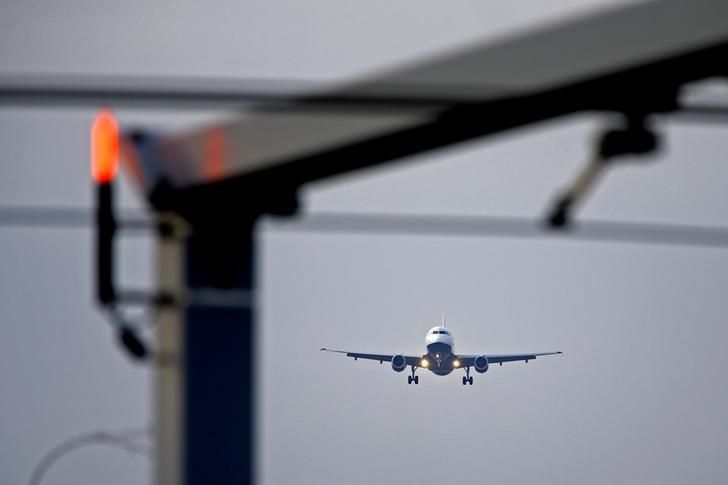By Kayhan Life Staff
On July 16, the European Union Aviation Safety Agency (EASA) issued a warning to all commercial airlines against flying in “Iranian airspace at altitudes below Flight Level (FL) 250.”
The advisory urged flight operators to avoid Iranian airspace: “Due to the hazardous security situation, and poor coordination between civil aviation and military operations, there is a risk of misidentification of civil aircraft.”
“Due to the presence of various advanced air-defense systems, it is advised to be cautious with the risk associated to civil aviation,” the advisory added. “The risk to operations is assessed to be HIGH for Flight Levels below 250.”
“Operators should take this information and any other relevant information into account in their own risk assessments, alongside any available guidance or directions from their national authority as appropriate.”
Most commercial airlines suspended their flights to and from Iran after the Islamic Revolutionary Guards Corps (IRGC) unintentionally shot down Ukraine Airlines Flight PS752 near Tehran Imam Khomeini International Airport on January 8, killing all 176 people on board.
Ukraine President Welcomes Iran Handing Over Black Boxes From Plane Crash to France
Iranian authorities initially cited technical faults as the cause of the crash, but in the face of overwhelming evidence, they admitted that the IRGC’s surface-to-air defense system had fired two missiles that brought down the passenger plane.
On July 12, the Civil Aviation Organization of the Islamic Republic of Iran (CAO.IRI), released a statement, blaming “a misalignment of a radar system and lack of communication between the air defense operator and his commanders for the accidental downing of a Ukrainian pane.”
Iran Says Its Military Shot Down Ukrainian Passenger Plane in Error
Most airlines halted all flights to and from Iran following the crash of the Ukrainian passenger plane, but resumed services to the country in the following months. However, after the coronavirus pandemic, even Iran’s neighbors stopped flights to the country.
Meanwhile, Australia, Canada, the U.S., and many European countries have continued warning their airlines against flying to Iran.
Iranian airlines have been among the businesses worst hit by the coronavirus pandemic.
In comments reported by the Islamic Republic News Agency (IRNA) last month, Naser Aqaei, the head of the office for commerce and investment in the Iran Airports Company (IAC), said: “To encourage foreign airlines to use our airspace, we are offering them attractive deals and promotional packages. That does not mean we are lowering overflight fees.”
The EASA’s latest advisory comes a little over six months after the Ukrainian passenger plane crash. It is a stark warning that a similar incident could happen again in the unsafe Iranian airspace.
On July 16, CNN’s Pentagon correspondent Barbara Starr tweeted: “The U.S. has ‘several’ intelligence indications Iran has put portions of the air defense system on ‘high alert’ in recent days. This comes in wake of unexplained explosions at key facilities tied to its military and nuclear programs: U.S. Official. Worries about Iran’s retaliation. #natanz”
Informed sources inside Iran have told Kayhan Life that besides the IRGC and the Iranian military, Army Air Force bases have been put on high alert.
This article was translated and adapted from Persian by Fardine Hamidi.


